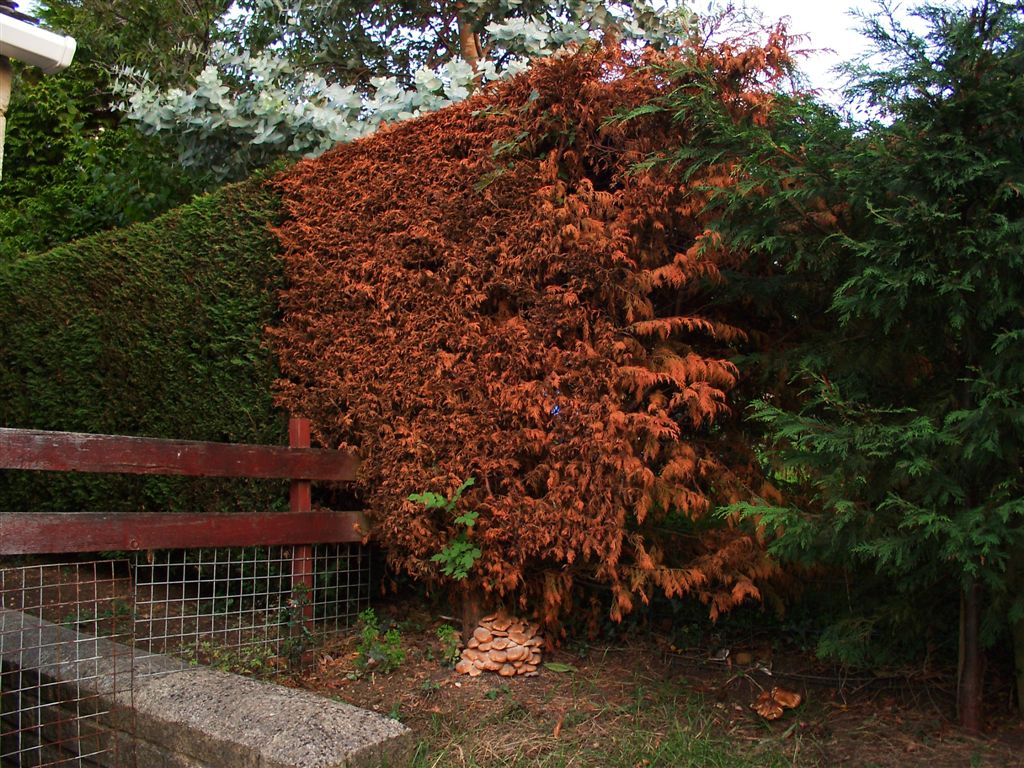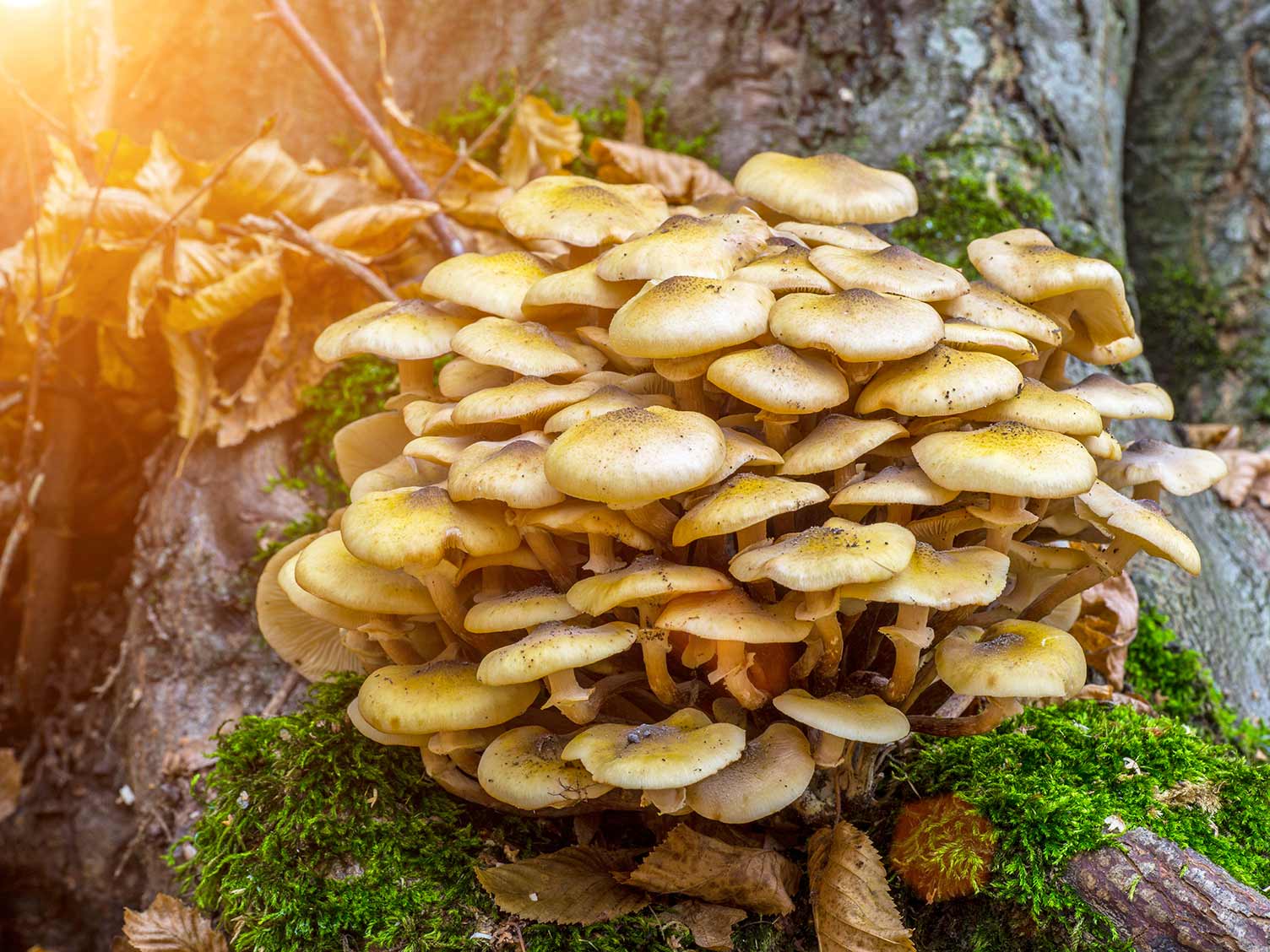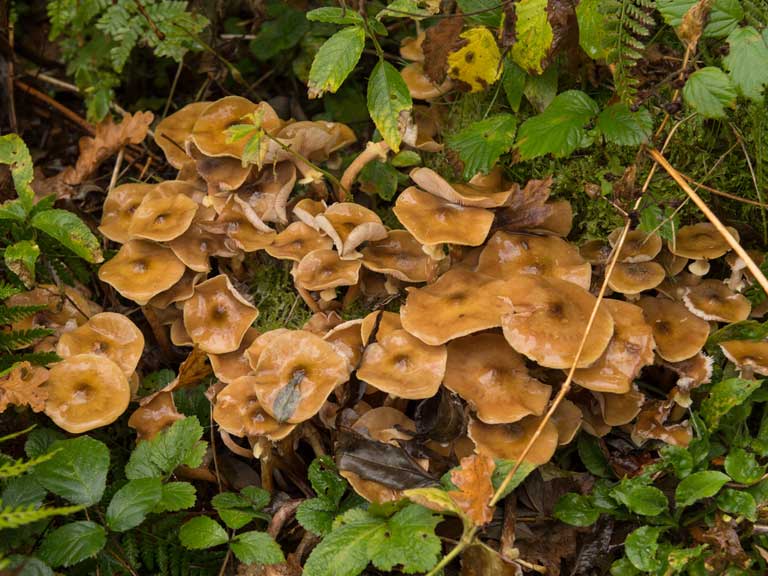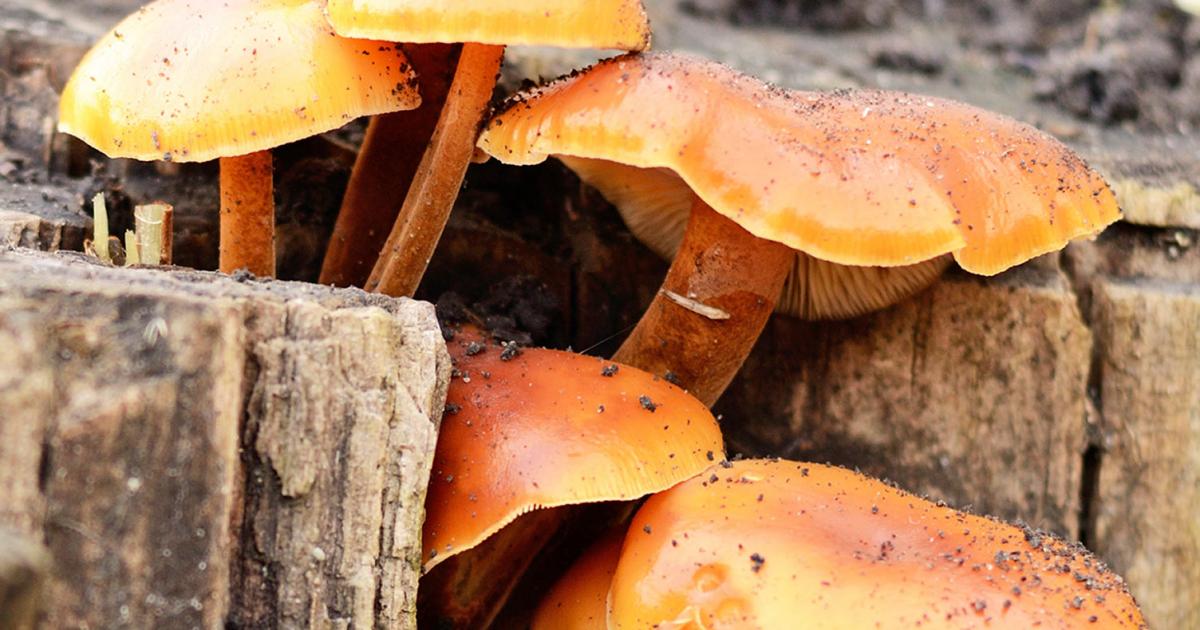Yew Hedge Honey Fungus
However their use should be treated with caution in gardens where honey fungus is known to occur. Honey fungus is a spreading parasitic fungus that lives on trees and woody shrubs.

How To Plant Yew 14 Steps With Pictures Wikihow
We have honey fungus in our front garden too.

Yew hedge honey fungus. You can get bare root plants too which makes it cheaper. Unfortunately it is quite common and almost no hedge is fully immune. Honey fungus used to be considered one species Armillaria mellea however recent work has indicated that several distinct species may be found in the UK which vary in their pathogenicity.
The most characteristic symptom of honey fungus is white fungal growth between the bark and wood usually at ground level. Honey fungus is probably the number one threat especially on privet hedges to their wellbeing. It killed a tree this summer.
Powdery mildew is a powdery grey fungal coating that affects a variety of hedging plants such as native hawthorn hedges. The fungus attacks and kills the roots of many woody and perennial plants while spreading through root systems and infecting nearby plants. The largest known organism in the world by area is a honey fungus Armillaria ostoyae or dark honey fungus that spans over 89 km2 2200 acres in Malheaur National Forest Oregon.
Honey fungus resistant plants Yew. Fagus another great hedging alternative and in. You could spray the hedge with a fungicide or you could simply do nothing.
Any infected plants must be removed but even then its extremely hard to eradicate the disease. Smaller pale leaves failure to flower or unusually high flowering bleeding bark at the base of the stem. It is estimated to be 2400 years old and weigh 605 tons.
Honey fungus characterised by honey-coloured toadstools often appears at the start of autumn. It is neither small nor a passing fad - the largest single honey fungus so far discovered is nearly 4 miles square that is 2 miles along each edge and is several thousand years old. Honey fungus travels underground and attacks trees and hedge plants through their root systems.
A number of honey fungus Armillaria species are native to the UK but its Armillaria mellea and Armillaria gallica that are usually encountered. Named after its honey-coloured mushrooms which sometimes appear in late summer and autumn it comprises several species in the Armillaria genus which spread underground and attack and kill the roots of woody and perennial plants. This can be detected by scraping back the bark to look for a white or creamy white paper thin layer of fungal tissue.
I was planning a rose hedge but now think yew Taxus would be appropriate - its on the RHS most resistant list and makes a lovely dense hedge though its slower growing than privet. Annuals biennials and perennials are. The plants most commonly affected by honey fungus include acer beech birch holly apple hydrangea viburnum magnolia pear rhododendron rose and lilac.
Taxus baccata great for hedging. Malva sylvestris is a beautiful shrub and a perfect centre piece for a bed or border. The fungus lives inside live or dead wood and can form darkly pigmented.
The cypress aphid that turns green conifer hedges to. However the condition is actually relatively easy to treat. Unfortunately many hedge plants are susceptible to honey fungus notably privet but also most hedging conifers.
Honey fungus has been recorded in UK gardens on these plants but we have insufficient data to determine their degree of susceptibility. Honey fungus is a fungal disease that affects many woody plants the disease spreads underground by means of Rhizomorphs that look like strong black boot laces affected wood has sheets of white mycelium that smells strongly of mushrooms. Honey fungus can wreak havoc in gardens.
It can be enormously destructive and is capable of killing complete woodlands. Evergreen tree can be kept clipped and height easily controlled by regular. Yew included although the number of reported deaths of yew caused by honey fungus is very few as it is extremely resistant.
Clumps of honey coloured toadstools can sometimes also a ppear briefly on infected stumps in autumn. Also on the danger list are rhododendrons birch. Honey fungus is edible but not recommended because of the risk of allergic reaction.
The most evident symptom of honey fungus is a white fungal growth usually at the base of the plant between the bark and the wood.

The Garden At Highgrove The Geometrical Shapes Of The Yew Hedges Are Clipped Annually In August Yew Hedge Front Garden Highgrove Garden Yew Hedge

Honey Fungus Tree Maintenance Ltd Tree Maintenance Ltd

Carex Garden Design By Carolyn Mullet Garden Hedges Garden Design Hedges

Haseley Court S Living Chess Set Garden Hedges Topiary Garden Charleston Art

Honey Fungus Treatment And Control Lovethegarden

Honey Fungus The Tree Killer Ashridge Nurseries Blog Recipes

Honey Fungus Spread Stopped By Planting Olive And More Gardens Illustrated

Honey Fungus Which Gardening Helpdesk

Collection Of Topiary Arts Hd Desktop Wallpaper Collections Hedges Topiary Topiary Garden

Honey Fungus Symptoms And Treatments Saga

Evening At Clipsham Yew Tree Avenue Beautiful Gardens Landscape Design Topiary Garden

Yew Hedge Problems Bbc Gardeners World Magazine

Top Plants Resistant To Honey Fungus Bbc Gardeners World Magazine

Honey Fungus Treatment And Control Lovethegarden

Honey Fungus Treatment And Control Lovethegarden
Bbc Lancashire Nature Ask The Gardener Hedges

Honey Fungus Spread Stopped By Planting Olive And More Gardens Illustrated

All Sizes Haseley Court Oxfordshire Flickr Photo Sharing Garden Landscape Design Landscape Design Garden Hedges

Post a Comment for "Yew Hedge Honey Fungus"